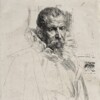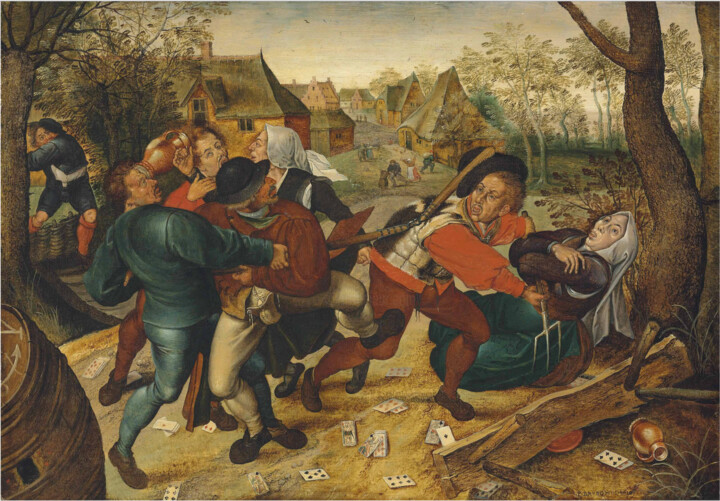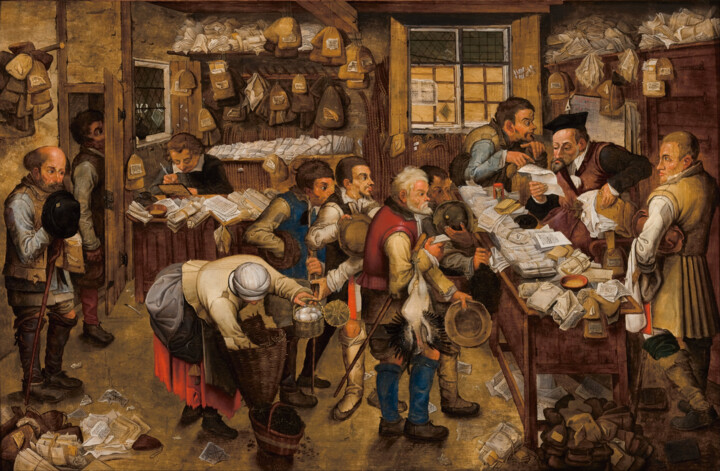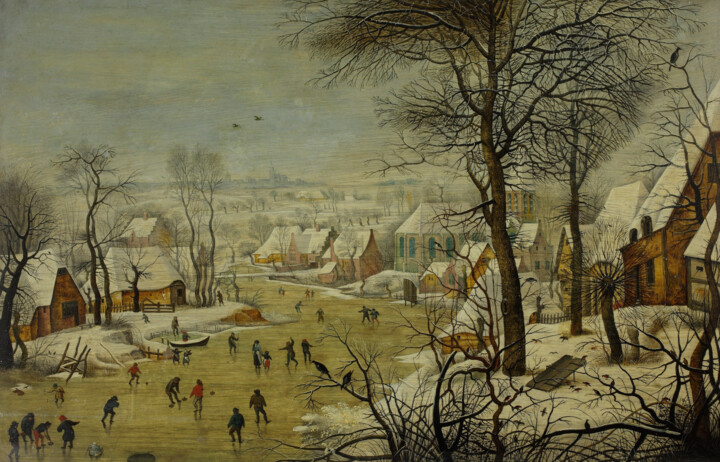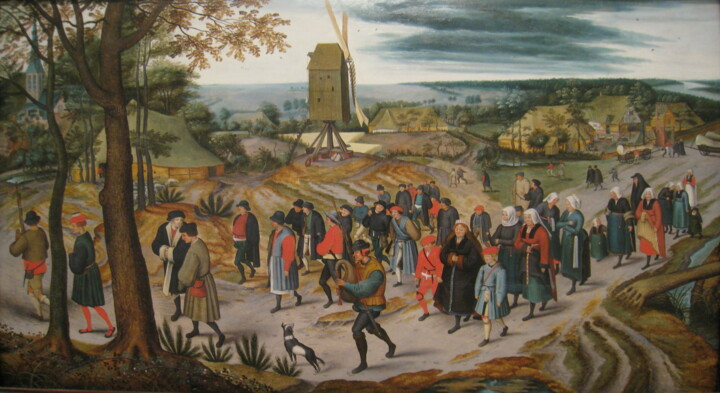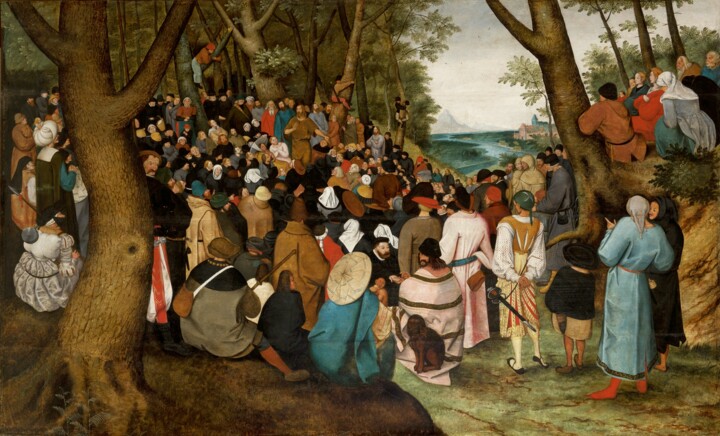Flowers and trees bloom in Jan Brueghel the Elder's lavish garden, where peacocks and civets prowl the grounds while a child plucks a petal from its stem and inhales the scent. Since the 17th century painting The Sense of Smell, viewers have claimed that the scent of spring was so strongly suggested that it seemed to emanate from the canvas. The scents of the Flemish Master's painting can now be inhaled by visitors to the Prado Museum in Madrid. "The Essence of a Painting" is the title of the piece. Alejandro Vergara, Prado's lead curator of Flemish painting, gathered a team of olfactory experts to recreate 10 aspects of the picture in "An Olfactory Exhibition."
Researchers discovered 80 plants and flowers in the picture, as well as creatures with a keen sense of smell, such as the scent dog and guinea pig. They also discovered scented gloves and vessels for distilling essences, as well as other perfumery-related items. Gregorio Sola, a senior perfumer at Puig and a Perfume Academy academician recreated ten scents linked with the remarkable collection. In the Room 83 of the Prado, visitors can now sample perfumes from four diffusers.
Viewers will find a bouquet of roses, jasmine, orange blossom, fig tree, and ambergris-scented kid gloves at the performance, which is based on an actual 1696 formula. Puig's diffusers emit the pungent fragrance of the civet, which is coiled in the bottom right of Brueghel's image. Because of its longevity, civet essence is widely used in vintage perfumes, but "no animal has been injured here," according to a video produced by the museum. Instead, the perfumers used high-quality synthetic bases or natural essences. Between 1617 and 1618, Brueghel and his friend, the iconic Flemish painter Peter Paul Rubens, collaborated on a series of works about the five senses. The five senses were represented by Rubens as allegorical female figures, while the lush settings were created by Brueghel. For example, the sense of sight is allegorized as a young woman inspecting a painting of Christ restoring a blind man's vision. That painting within a painting appears in a room full of paintings, astronomy equipment, and other fascinating objects.
Vergara stated in Prado's video accompanying the exhibition that he hoped the olfactory display would drive spectators to seek out the rest of the series' works. "When people come to see this show, they'll be opening a window, a door, into a different culture, and it'll be a window, a door, into a different culture for me as well." So, it's a learning process, which is one of the most enjoyable aspects of life," he explained.

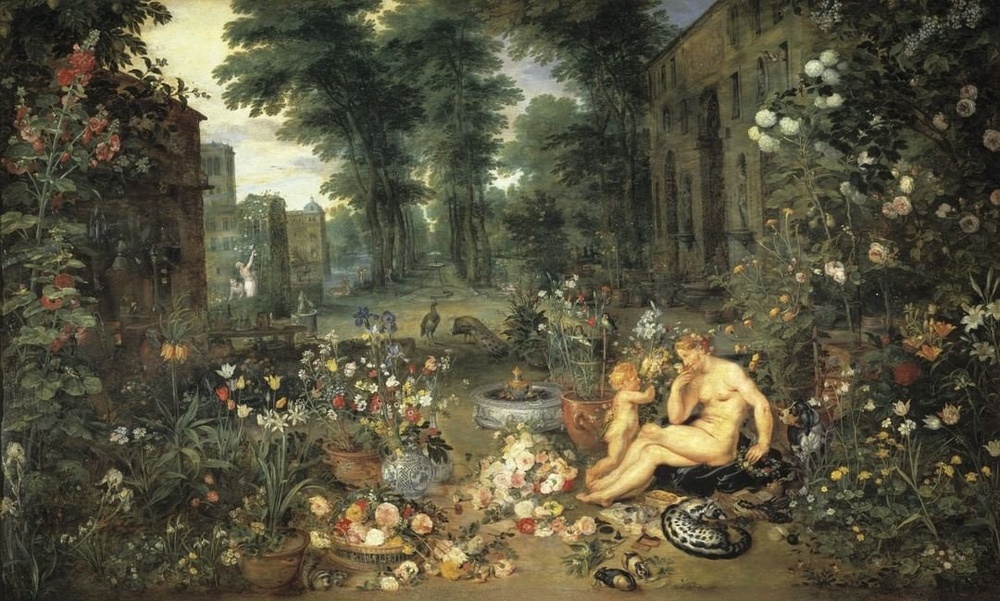
 Selena Mattei
Selena Mattei
